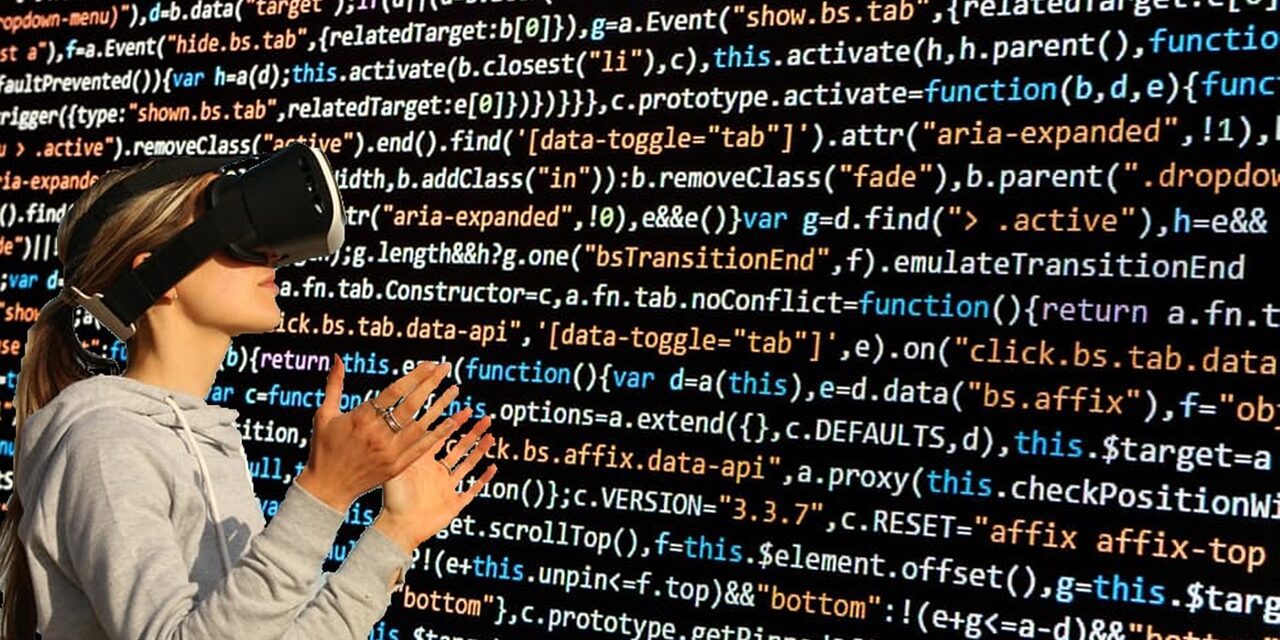Introduction to Immersive Virtual Reality
Immersive Virtual Reality the realm of technology has always been driven by the desire to push the boundaries of human experience and perception. In recent years, virtual reality (VR) has emerged as a groundbreaking technology that is doing just that. VR has the power to transport us to new worlds, reshape our perception of reality, and provide us with immersive experiences like never before. In this blog post, we will explore how immersive virtual reality is expanding the boundaries of perception and changing the way we interact with the digital and physical worlds.
The Immersive Power of Virtual Reality
Virtual reality is not a new concept, but recent advancements in hardware and software have taken it to new heights. Immersive VR technologies, such as headsets and motion-tracking systems, have made it possible for users to step into digital environments and experience them as if they were real. This immersion is achieved through a combination of high-quality visuals, spatial audio, and interactive elements that engage multiple senses simultaneously.
Expanding the Senses
One of the most significant ways VR expands the boundaries of perception is by engaging our senses in ways that were previously impossible in traditional media. In addition to visual and auditory immersion, VR can incorporate haptic feedback, enabling users to feel sensations such as touch and pressure. This opens up a whole new dimension of interaction and realism. For example, in a VR game, you can physically reach out and grab objects, feel the texture of surfaces, or even experience the sensation of wind blowing through your hair as you soar through a virtual sky.
Breaking Down Geographical Barriers
VR also allows us to transcend geographical limitations. Through VR, people can be transported to distant locations, explore historical sites, or participate in events that they might never have the opportunity to in the physical world. This has profound implications for education, tourism, and cultural experiences. Virtual reality field trips, for instance, can take students on journeys to ancient civilizations or the far reaches of space, enriching their understanding of the world.
Enhancing Learning and Training
Immersive VR experiences are revolutionizing the way we learn and train. From medical students practicing surgery in virtual operating rooms to employees undergoing realistic job training, VR offers a safe and controlled environment for hands-on learning. It enables individuals to make mistakes, learn from them, and gain valuable experience without real-world consequences. This technology has the potential to improve proficiency and reduce the learning curve in various fields.
Therapeutic and Healthcare Applications
Virtual reality is also proving to be a valuable tool in the field of healthcare and therapy. It can be used to treat phobias, PTSD, and various mental health conditions by exposing patients to controlled, immersive environments designed to desensitize or provide therapeutic relief. Additionally, VR has been used for physical therapy, pain management, and even cognitive rehabilitation, showcasing its potential to improve the quality of life for many.
Social Interaction in the Metaverse
As virtual reality becomes more accessible and widespread, it is also reshaping the way we socialize and collaborate. The concept of the metaverse, a collective virtual shared space, is gaining momentum. In the metaverse, people can socialize, work, play, and conduct business in immersive digital environments. It offers new opportunities for connection, creativity, and commerce, blurring the lines between physical and digital realities.
Conclusion of Immersive Virtual Reality
Immersive virtual reality is transforming the way we perceive and interact with the world. It expands our senses, breaks down geographical barriers, enhances learning and training, and offers therapeutic benefits. As VR technology continues to evolve and become more accessible, it has the potential to revolutionize various aspects of our lives. The boundaries of perception are expanding, and the future promises even more exciting possibilities as we continue to explore the immersive world of virtual reality.





